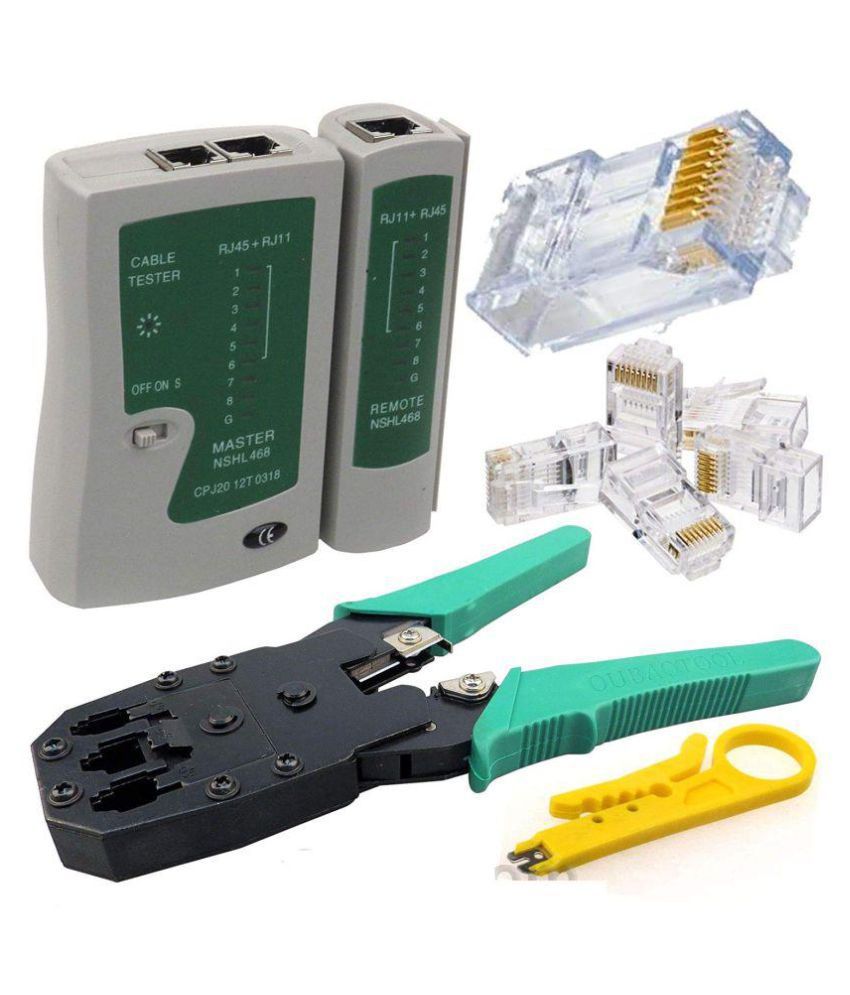

Use it with caution and don’t simply scan the entire 10.0.0.0/8 subnet.

Ping sweeps are great to create an inventory list of hosts in a network.

192.168.0.0/24) or range of hosts Ping sweep on a IPv4 subnet
Network utility tools mac#
Nmap done: 1 IP address (1 host up) scanned in 9.54 this example, you have host 10.1.10.1 with MAC address C4:04:12:BE:5A:1C and with open ports 80 and 443. Nmap allows you to quickly verify that: just run the Nmap command followed by the hostname or fully qualified domain name. List open ports on a host Knowing which TCP/IP ports of a host are listening for incoming connections is crucial, especially when you’re hardening a server or locking down network equipment. With Nmap you can, for example, scan and identify open and filtered TCP/IP ports, check what operating system is running on a remote host, and do a ping sweeps on an IP subnet or range. It’s also so famous that it has been featured in many movies. It can give you useful information about what’s running on network hosts. Nmap is the network security scanner of choice. Below, I would like to list some of the command line utilities that saved my network many times Nmap I was able to efficiently collect information needed to do network design, verify routing and availability during the implementation phase, and grab troubleshooting data necessary to quickly fix outages that impact users. Having a basic knowledge of Linux is a neccesity.Įven when I first became a full-time network engineer, my Linux skills have helped me with the tasks of design, implementation, and support of enterprise networks. Network engineers will often run into Linux-based network operating systems and command lines. Well, I think that having a basic knowledge of Linux is no longer just for students and computer geeks. So what does all this have to do with network engineering? Network Engineers and Linux It’s great to see that now, almost 13 years later, open networking companies have adopted those same projects to finally deliver enterprise-grade routing and switching. We used OpenVPN for the tunneling and then RIP and OSPF inside the tunnels.įor the routing process, we first used Zebra and then Quagga (which at the time supported OSPF). In 2003, I attended a CCNA boot camp the other students and I practiced routing protocols (RIP and OSPF) by building an overlay point-to-point network between our houses. My home network was routed by a Pentium 2 workstation running Slackware and configured with IP forwarding and IP tables. When I was a computer science student I spent a lot of time playing around with Linux.


 0 kommentar(er)
0 kommentar(er)
